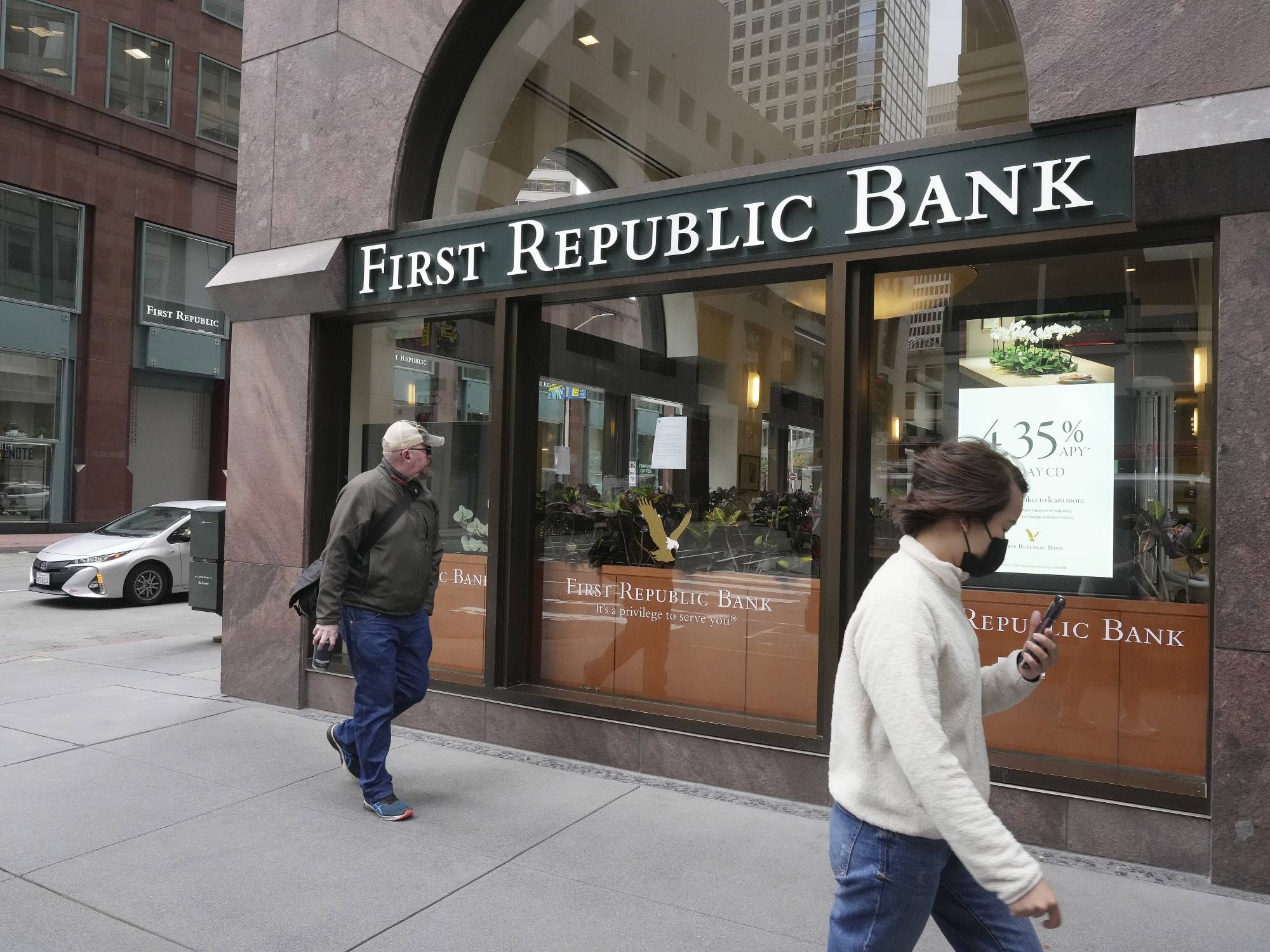First Republic Bank, a San Francisco-based lender, failed in March 2023 after its wealthy clients began withdrawing their deposits. The bank’s business model of offering preferential rates on mortgages and loans to high net-worth customers proved to be its downfall, as its uninsured deposits and loan book became increasingly vulnerable.
Here are some of the factors that led to First Republic Bank’s fall
- Growth Strategy: First Republic Bank’s strategy of offering cheap rates on big loans to high net-worth customers made it more vulnerable than regional lenders with less-affluent customers.
- Interest Rate Hikes: The U.S. Federal Reserve Bank’s interest rate hikes to combat inflation led to paper losses in First Republic’s investment portfolio, mainly government-backed debt, which ballooned to $4.8 billion at the end of December 2022 from just $53 million a year earlier.
- Unfavorable Loan Book: More than half of First Republic’s loan book comprised single-family residential mortgage loans that were difficult to offload.
JP Morgan’s Deal: What It Means for First Republic Bank Customers
JP Morgan Chase & Co., the biggest U.S. bank, acquired most of First Republic Bank’s assets after regulators seized the troubled lender over the weekend. Here’s what the JP Morgan deal means for First Republic Bank customers:
- Transition to JP Morgan: First Republic’s 84 offices in eight U.S. states will reopen as branches of JP Morgan Chase Bank from Monday, allowing customers of the failed bank to deal with the giant financial group instead.
- Expansion of JP Morgan: JP Morgan’s acquisition of most of First Republic’s assets will make the biggest U.S. bank even bigger. It will pay $10.6 billion to the U.S. Federal Deposit Insurance Corp (FDIC) as part of the deal.
- Loss-Share Deal: JP Morgan has entered into a loss-share deal with the FDIC on the single-family, residential, and commercial loans it bought, but will not take First Republic’s corporate debt or preferred stock.
The failure of First Republic Bank highlights the risks associated with a business model that heavily relies on high net-worth customers. While catering to wealthy clients can bring in higher profits, it also increases the bank’s exposure to market volatility and sudden changes in depositors’ behavior. When the bank’s wealthy clients started withdrawing their deposits, it left the bank with a significant funding gap that it could not fill, leading to its failure.
The Truth Behind Google’s Delayed Bard AI Release: Revealed by Ex-Engineer
Moreover, First Republic’s unfavorable loan book consisting primarily of single-family residential mortgages made it difficult for the bank to offload these loans when it needed to raise capital quickly. In contrast, regional lenders with a more diversified loan portfolio could potentially sell off different types of loans to raise funds.
Another factor that contributed to First Republic’s demise was the Federal Reserve Bank’s interest rate hikes, which led to paper losses in the bank’s investment portfolio. As a lender that relied heavily on cheap funding from deposits, First Republic could not offset the losses with interest rate hikes on loans, leading to a further erosion of its capital base.
The acquisition of First Republic’s assets by JP Morgan is likely to have significant implications for the banking industry. The move reinforces the trend of consolidation in the sector, as larger banks continue to acquire smaller ones to increase their market share and diversify their business lines. However, it also raises concerns about the concentration of power in the hands of a few big banks, which could have negative implications for competition and consumer choice.

